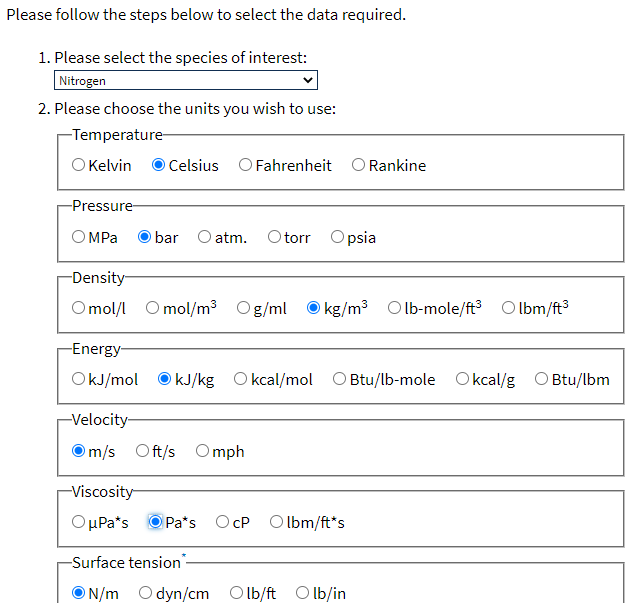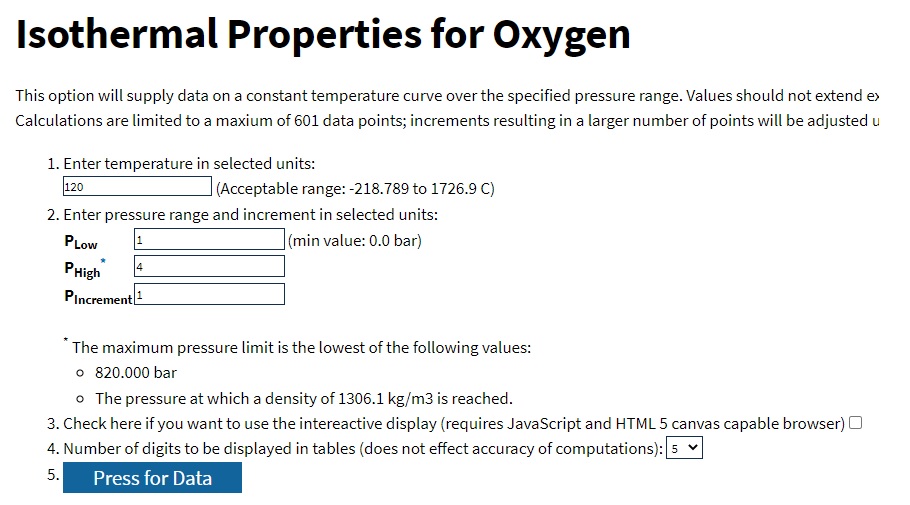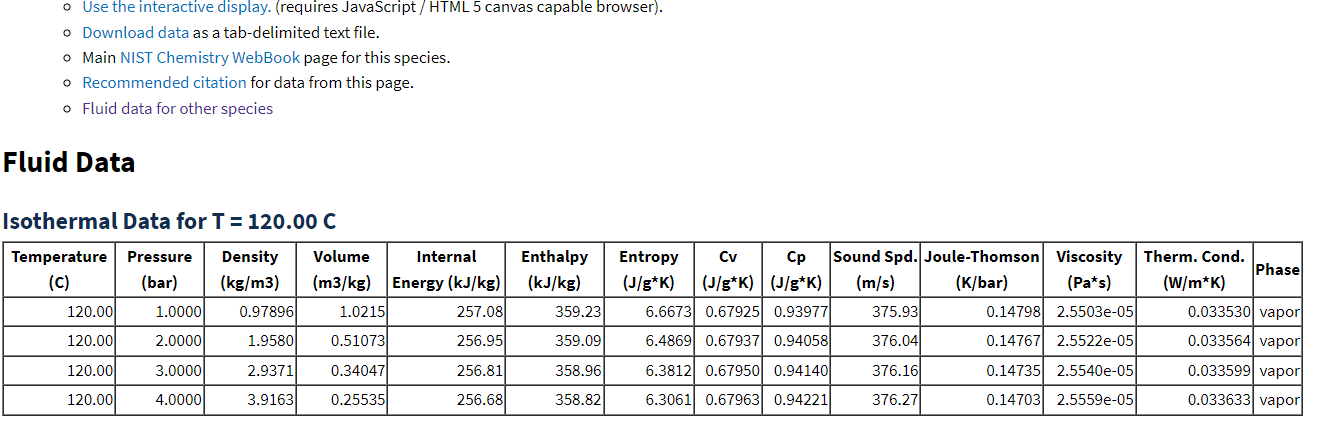What is the meaning of thermophysical properties?
Substance differs from one another by their inherent characteristics whether it is chemical, electrical, or thermophysical properties. Thermophysical properties are a substance’s physical properties related to its temperature and thermal behavior. Examples include thermal conductivity, specific heat, and thermal expansion coefficient. These properties describe how a substance responds to changes in temperature and heat transfer. They are essential in fields such as materials science, thermodynamics, and engineering. Read the following paragraph to get the best way to find the thermophysical properties of various fluids including refrigerants.
The best way to find the thermophysical properties of fluid?
One should visit the official website of NIST for finding the values of properties like density, thermal conductivity, specific heat, viscosity, etc. Follow the steps to find the thermophysical properties of a given substance.
Visit the NIST website. The page lists the various properties including Density, Thermal conductivity, Specific heat, Enthalpy, Internal energy, Viscosity, Surface tension, Joule-Thomson coefficient, Specific volume, Entropy, and Speed of Sound.
Let us see one example, We want to find the density of nitrogen at 120 C and 3 bar pressure. Look at the steps given in the images shown below.
Step-1 Select the fluid to get its properties and then select the unit in which you want properties data.

Step-2 Next, select the isothermal properties (keeping the temperature value constant) or isobaric properties (keeping the pressure constant). Suppose you want to get the density of nitrogen at 120 C, you should select isothermal properties.
Step-3 In the next step, you have to give the range of either temperature or pressure depending on the type of properties you have selected (isothermal or isobaric).

Once the above step is complete, you can get the data as per the image given below:

Here you can see that we want data on nitrogen at 120 C and 3 bar, you can read the third row in the table given above. So, in a similar fashion, one can get any fluid data. You can get the above step in the video given below.

